Our watch expert Gisbert L. Brunner knows better than anyone else that mainsprings perform herculean tasks. With a maximum thickness of just 75/1,000 mm, they develop strong torque, which they keep almost constant. Gisbert will show you why.
A mainspring’s torque is directly proportional to its width. Doubling a mainspring’s thickness increases its torque approximately eight times. Its length also influences the movement’s running autonomy: each millimeter added to a mainspring’s length extends the movement’s running time but simultaneously causes a linear decrease in its torque. Building movements that ensure uniformly strong driving torque and long running time poses a special challenge for watchmakers. Mainsprings must satisfy diverse requirements. They must not become weakened, bend out of shape, kink or (heaven forbid) break. They should also resist corrosion and magnetism. Around 1965, the carbon steel used to make mainsprings began to be replaced with cold-rolled alloys that were less vulnerable to friction and wear. Mainsprings made with these alloys rarely suffer any of the problems listed above.

Nivaflex is the alloy most frequently used for mainsprings in high-quality watches today. Nivaflex mainsprings are antimagnetic and have an extremely high tensile strength of up to 3,000 megapascals (equivalent to 300,000 meters). They attain values of 800 or greater on the Vickers hardness scale. (For comparison, 316L stainless steel ranges between 200 and 240 Vickers in hardness.) They are highly resistant to reverse bending, retain good temperature stability in a range from -50 to +350 degrees Celsius, and are exceedingly resistant to corrosion. By weight, Nivaflex consists of 45 percent cobalt, 21 percent nickel, 18 percent chrome, five percent iron, four percent tungsten, four percent molybdenum, one percent titanium and 0.2 percent beryllium; carbon accounts for less than 0.1 percent of this alloy’s weight. Increasing the percentage of beryllium in an alloy further increases its strength and hardness, factors that are important for miniaturization.
For a mainspring to perform at its best, it not only should be made from an alloy like Nivaflex, it also should have a specially constructed end and bridle. The bridle holds the outer end of the mainspring against the inner wall of the barrel. As the mainspring gradually unwinds, the bridle coaxes it into the most nearly concentric shape around the barrel arbor. The barrel of a watch is the fuel tank of its movement. Without a barrel, no wheel in a watch’s mechanism would turn.
Friction between coils must be reduced to maintain a mainspring’s performance. In hand-wound watches, the mainspring is attached to the inside of the barrel near the outer end (but not at the extreme end) of the mainspring. For a self-winding watch, a stationary connection between the mainspring and the barrel would not work because energy is continually flowing toward the mainspring while the watch is on its wearer’s moving wrist. The connection used instead is the “slipping mainspring” or “slipping bridle” device that was patented by Jean-Adrien Philippe, of Patek Philippe, in 1863, before self-winding wristwatches appeared. (The device was designed to wind two mainspring barrels simultaneously.) In this configuration, the mainspring is attached to a circular expansion spring (the bridle), which presses against the inside wall of the barrel. The device prevents overwinding: with a little help from this precisely calculated sliding spring, the mainspring can first accumulate its maximum tension and then dispose of excess tension through the friction generated when the bridle glides along the inner wall of the barrel.

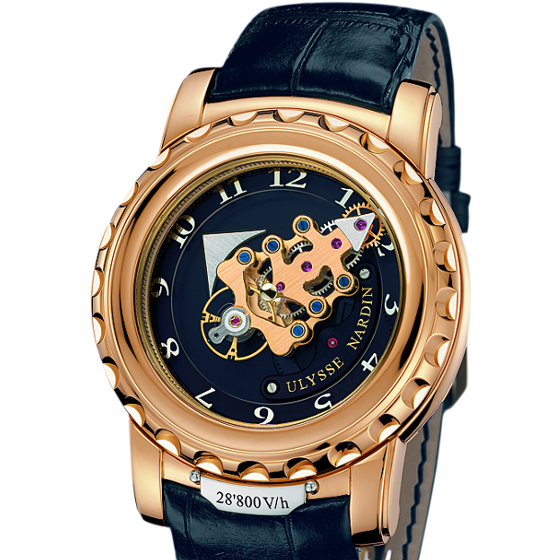

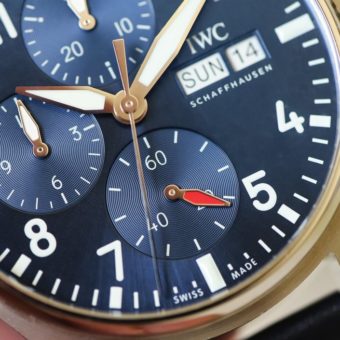
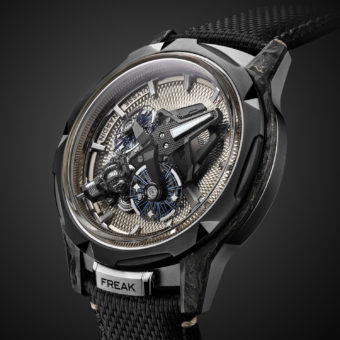
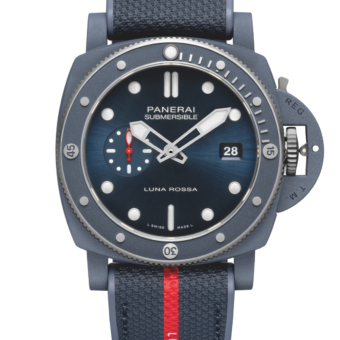
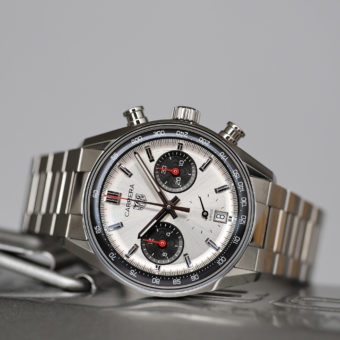
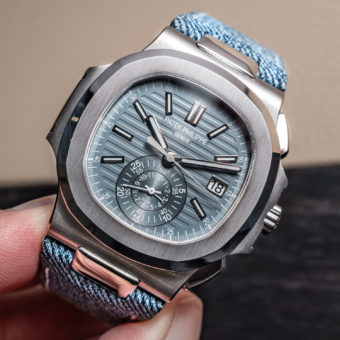
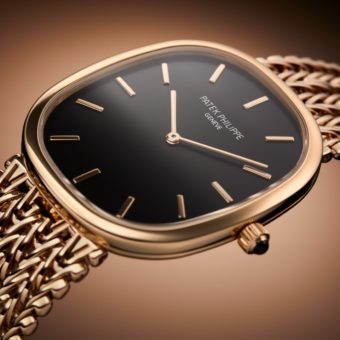
Dear Mr. Brunner,
A very interesting article. Thank you for supplying so many physical characteristics for mainspring material. However I wish you could clarify one point. You sad: “… mainspring … have an extremely high tensile strength of up to 3,000 megapascals (equivalent to 300,000 meters)”. As I know the tensile strength we are measure in pascals or PSI or Kg/mm2 or … but not in meters. A meter is a unit of length. So, 3,000 megapascals = 3 MPa = 435 PSI = 0.3 KG/mm2 = 305914.9 KG/m2
Note: (m2 = sq m).
Sorry, sincerely,
Wit Jarochowski